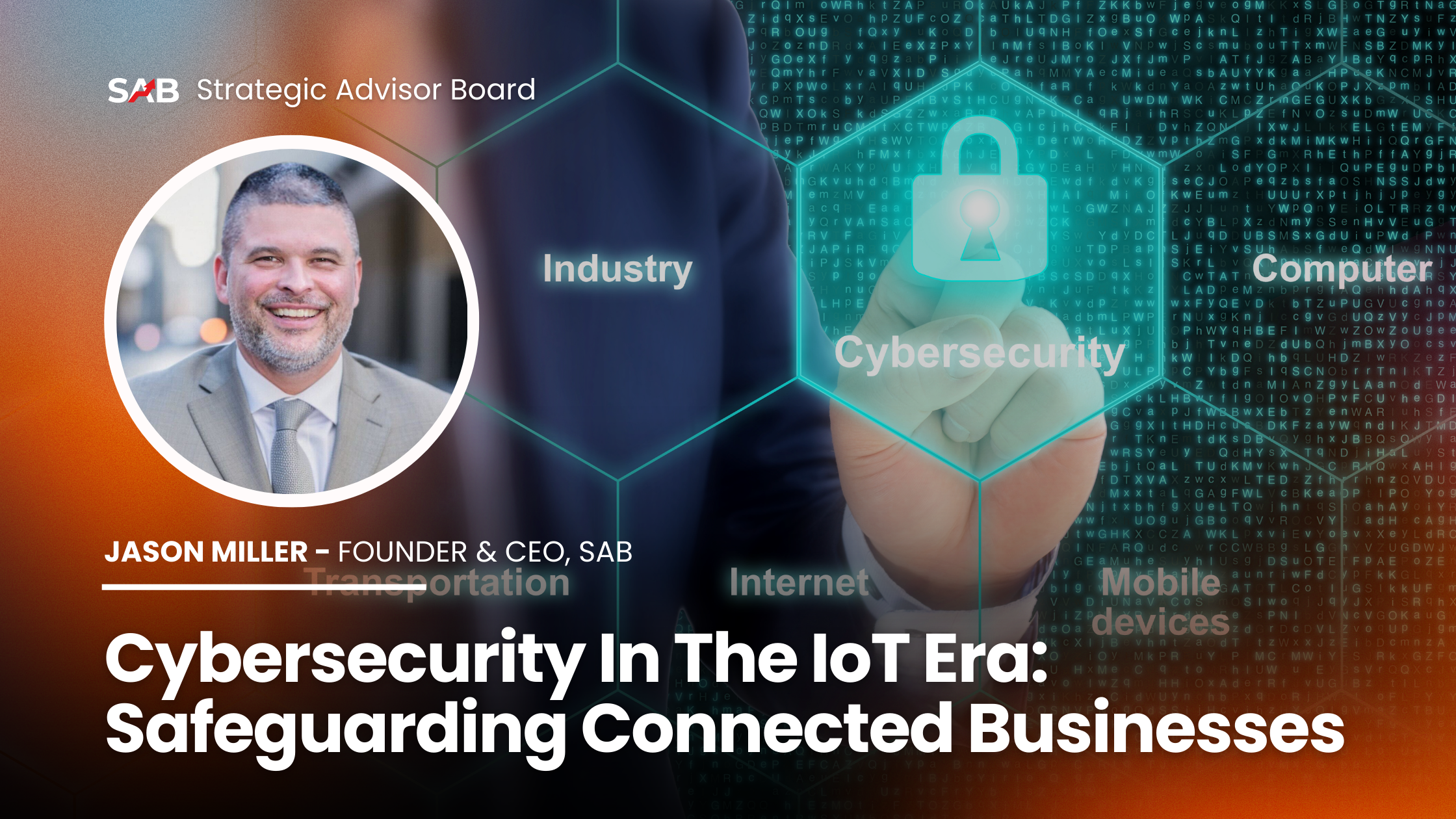
In an era where the Internet of Things (IoT) has become a backbone of innovation and operational efficiency, businesses face an evolving landscape of cybersecurity challenges. The proliferation of connected devices has opened new horizons for business capabilities, yet it simultaneously exposes organizations to sophisticated cyber threats. Safeguarding connected businesses in the IoT era is not just about protecting data; it's about ensuring business continuity, maintaining customer trust, and upholding the integrity of the digital ecosystem.
The advent of IoT technology has transformed traditional business models, enabling real-time data collection, analysis, and automation. From smart factories and autonomous vehicles to wearable health monitors, IoT devices are becoming ubiquitous. However, this rapid integration of connected technologies also multiplies the potential entry points for cyber attackers.
The core of the cybersecurity challenge in the IoT era stems from the diversity and volume of connected devices, many of which lack standardized security protocols. These devices can include anything from industrial sensors to smart home appliances, each representing a potential vulnerability if not adequately secured. The risks are multifaceted, including data breaches, unauthorized access, and the hijacking of devices to launch further attacks.
As IoT devices often collect and transmit sensitive data, they become prime targets for cybercriminals looking to exploit this information. Data breaches can lead to significant financial losses, regulatory penalties, and irreparable damage to a company’s reputation.
The interconnected nature of IoT devices means that compromising one device can provide a gateway to others, allowing attackers to gain unauthorized access to critical systems and data.
Cyber attackers can hijack IoT devices to create botnets, launching distributed denial-of-service (DDoS) attacks that can cripple networks and disrupt business operations.
Addressing cybersecurity in the IoT era requires a multifaceted approach, encompassing not only technological solutions but also organizational strategies and employee education.
When integrating IoT devices into business operations, it is crucial to prioritize security features. This includes selecting devices with built-in security features, regular firmware updates, and the capability for secure remote management.
Separating IoT devices onto different network segments from critical business systems can limit the potential impact of a breach. This strategy reduces the risk of an attacker gaining access to sensitive information or critical operational systems through a compromised IoT device.
Many IoT security vulnerabilities arise from outdated software. Implementing a rigorous protocol for regularly updating and patching IoT devices is essential for protecting against known exploits.
Human error remains a significant cybersecurity vulnerability. Training employees on the importance of cybersecurity, including safe practices for using IoT devices, is vital. Awareness programs can significantly reduce the risk of accidental breaches or vulnerabilities.
Investing in advanced threat detection systems that monitor network traffic for unusual activity can help identify potential threats in real time. A robust response plan ensures that any breach can be contained and mitigated swiftly to minimize damage.
The fragmented nature of IoT device security underscores the need for regulatory frameworks and industry standards. Governments and industry bodies worldwide are beginning to address this gap, developing guidelines and regulations to ensure a minimum security standard for IoT devices. Businesses must stay informed of these developments and ensure compliance to protect not only their interests but also those of their customers and the broader digital ecosystem.
As the IoT landscape continues to evolve, so too will the strategies for safeguarding against cyber threats. The future of IoT cybersecurity lies in the development of more sophisticated security technologies, such as AI and machine learning algorithms capable of predicting and neutralizing threats before they can cause harm. Additionally, the growth of blockchain technology offers promising methods for securing IoT data through decentralized and tamper-proof ledgers.
The integration of IoT technology into business operations offers unprecedented opportunities for growth and efficiency. However, it also introduces complex cybersecurity challenges that require proactive and multifaceted strategies to address. By understanding the risks, implementing robust security measures, and staying abreast of regulatory changes, businesses can navigate the IoT era with confidence, ensuring their connected operations are secure, resilient, and trustworthy.
Are you interested in growing your business with little or no work on your part? Check out our 1-Day Power Intensive to see if it’s right for you!
This article was brought to you by: Jason Miller, AKA Jason "The Bull" Miller, Founder/CEO and Senior Global Managing Partner of the Strategic Advisor Board - What has your business done for YOU today?